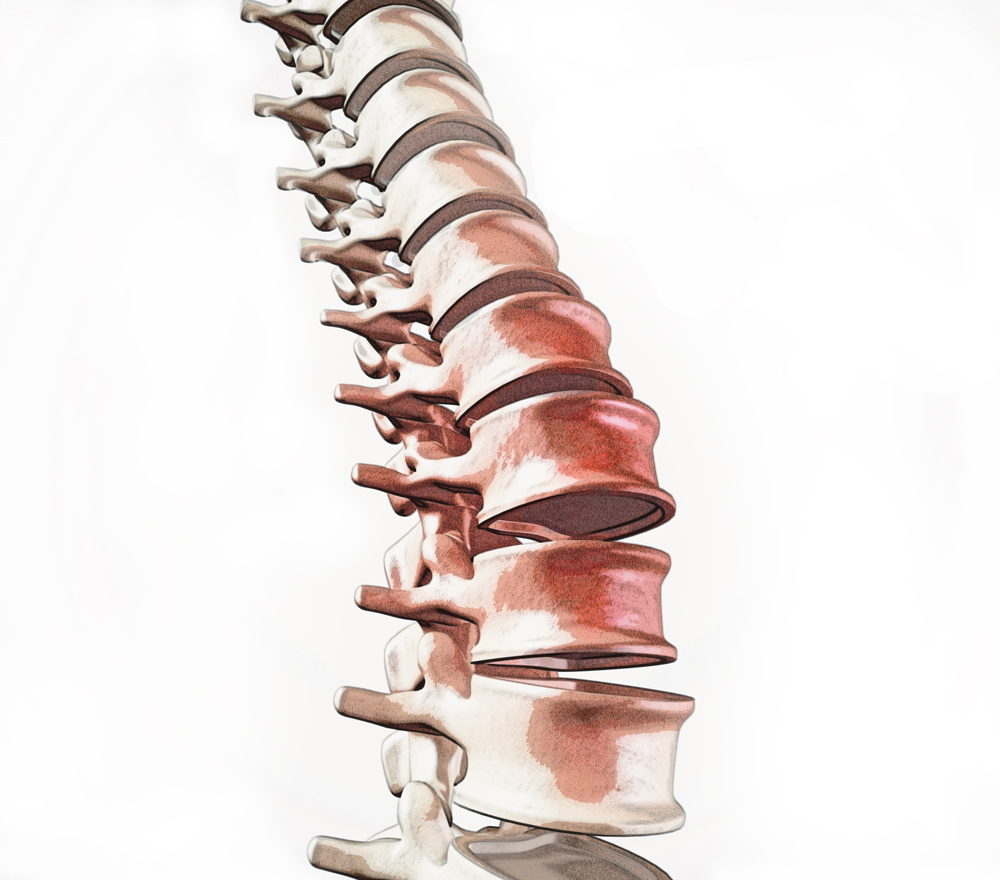The spine performs the vital function of protecting your spinal cord and transmitting information between the brain and your entire body. The spine is comprised of various sections: the cervical spine, the lumbar spine, the thoracic spine, the sacrum, and the coccyx.
Damage to the spinal cord could be caused by degeneration, traumatic injury, ruptured or bulging discs, osteoporosis and cancer. Spinal diseases cause debilitating pain, exert pressure on the spinal cord, affect vital nerves, and limit your movement.
Treatments vary according to the type of spinal condition you’re experiencing. Research and development has examined the clinical effectiveness of spinal surgery which can help patients regain their loss functionality and improve their quality of life.
Minimally Invasive Spinal Surgery (MIS Surgery) is the latest stride in treatments. When weighing your options, here are a few things you should know about MIS Surgery:
What is Minimally Invasive Spine Surgery?
Traditional spinal fusion and open spine surgery are invasive procedures that require long recovery time. Minimally Invasive Spine Surgery achieves the same goal through a different approach.
Expert surgeons perform MIS Surgery using small incisions that inflict less trauma to the soft tissues near your spine. This procedure differs from traditional open spine surgery which requires a large incision to implant the spinal rods and bone grafts to stabilize the spine.
 What are the Benefits of Opting for MIS Surgery?
What are the Benefits of Opting for MIS Surgery?
Minimally Invasive Spine Surgery is more than just placing smaller incisions. It involves using a combination of procedures and techniques aimed at providing effective relief from spinal conditions. MIS Surgery relieves pressure on the spinal nerves and stabilizes the vertebral bones.
Some of the potential benefits of the advances in MIS Surgery are:
Reduced Risk of Muscle Damage
The large incision involved in traditional open spine surgery stripped the muscular tissues and often led to postoperative discomfort. Studies suggest that traditional spine surgery patients experienced muscle injury, disruption, and atrophy.
These complications are unlikely with MIS Surgery since the small incision doesn’t require cutting muscle tissue.
Faster Recovery
Minimally Invasive Spine Surgery reduces your rehabilitation process. The procedure does not disrupt soft tissues and muscles, so there is less discomfort afterwards. Patients undergoing this surgery experience less postoperative pain and find it easier to relieve the minimal pain the do have.
The smaller scar takes less time to heal and you can use rehabilitative physical therapy to regain your strength and functioning.
Greater Precision
Surgeons use computer-assisted image guidance to visualize internal structures and remove the tissues that are compressing the spinal nerve root. Using the latest technologies and minimally invasive procedures increases success rates for both surgeons and patients alike and it decreases the need for reoperation.
Common Minimally Invasive Surgery Treatments
Spinal specialists use minimally invasive techniques to provide relief from a variety of spinal ailments. Some of the common procedures are:
- Endoscopic discectomy
- Spinal fusion
- Laminectomy for spinal decompression
Get relief from your spinal conditions and regain your body’s functionality with Houston Neurosurgery & Spine. The world-renown neurosurgeon at our back and spine center in Houston is trained and experienced in minimally invasive procedures.
We provide state-of-the-art care using the latest MIS Surgery procedures to improve your quality of life at our neurosurgery center in Houston.
If you’re seeking non-surgical or minimally invasive treatments for a range of spine-related conditions, visit our website for more information. Or call us at 832.522.8500 to schedule an appointment for back surgery for herniated disc.

